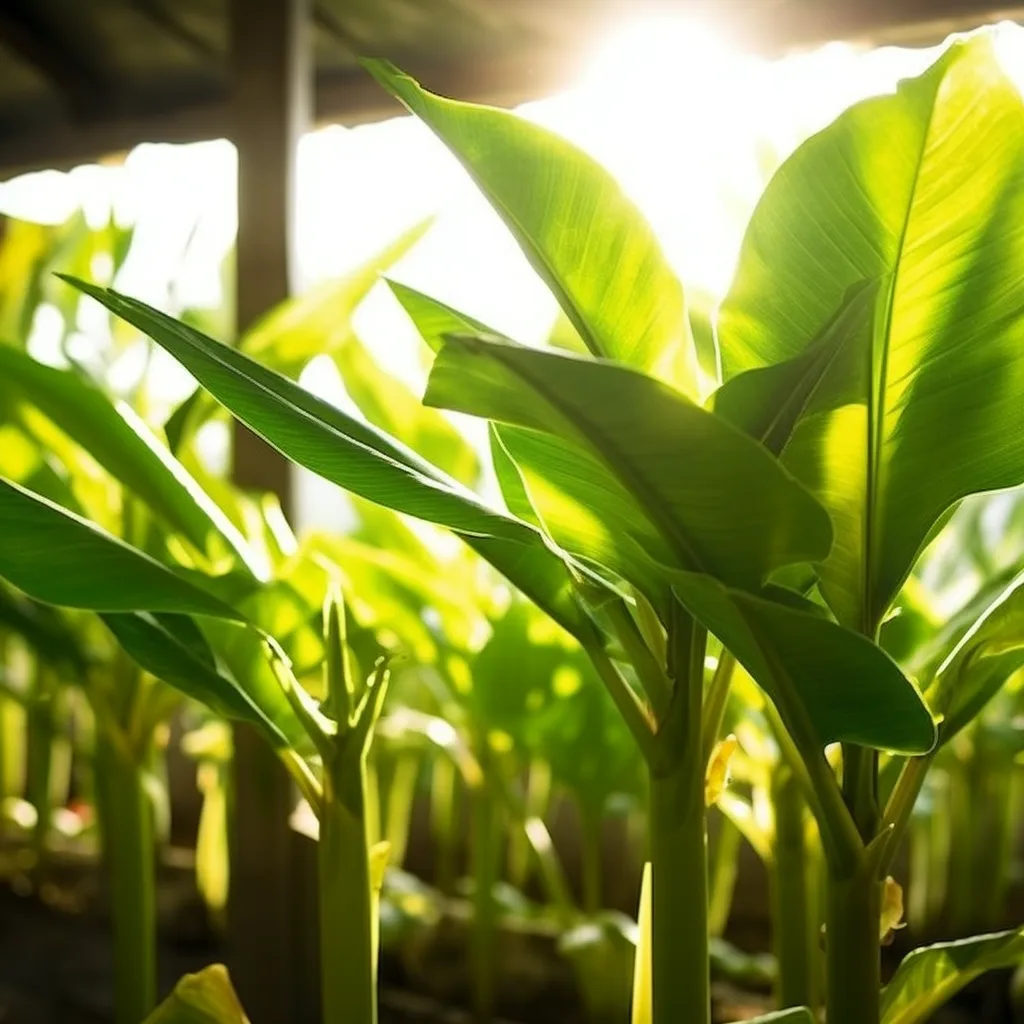Story of Day :
Contents
The Japanese Banana Plant: Complete Guide and Care Tips
Are you looking to add a touch of the exotic to your garden? Look no further than the Japanese banana plant.
This stunning tropical plant can bring a taste of the tropics right to your backyard.
In this article, we’ll provide you with a complete guide on how to care for your Japanese banana plant.
What is a Japanese Banana Plant?
The Japanese banana plant (Musa basjoo) is native to Japan and Korea.
This magnificent plant can grow up to 18 feet tall and has huge leaves that can measure up to 6 feet long by 2 feet wide! Despite its size, the Japanese banana is surprisingly easy to care for and makes an excellent addition to any garden.
How Do You Plant a Japanese Banana Plant?

If you’re interested in growing your own Japanese banana tree, it’s important that you start with healthy plants.
You can purchase young plants from most nurseries or online retailers.
- Choose a sunny location – The ideal spot for planting your new tree is one that gets plenty of sun but also provides some shade during the hottest parts of the day.
- Add compost – Before planting, add plenty of organic matter such as compost or well-rotted manure into the soil.
This will help improve drainage and nutrient retention in the soil.
- Planting – Dig a hole deep enough so that when planted, its topmost roots are about three inches below ground level with its crown slightly elevated above ground level
- Cover – Cover it with four inches of mulch around where each stem meets trunk
Japanese Banana Tree Care Tips
Caring for a Japanese banana plant is relatively easy, but there are a few things that you need to keep in mind to ensure that your tree stays healthy and happy:

- Water regularly – The Japanese banana tree loves water, so be sure to water it regularly.
Aim for at least an inch of water per week during the growing season.
- Fertilize – The Japanese banana is a heavy feeder, so it’s important that you fertilize it regularly.
Use a balanced fertilizer every two weeks during the growing season.
- Prune – Remove dead or damaged leaves from your tree as soon as possible.
This will help prevent disease and pests from taking hold.
- Cover in Winter – Protect your plant by covering its base with organic matter such as straw mulch or leaves
Common Problems with Japanese Banana Trees
The most common problem with the Japanese banana tree is cold damage during winter months.
If temperatures drop below 20°F (-6°C), the leaves will blacken and die back to ground level.
While this can be discouraging, don’t worry! Your plant will likely recover once spring arrives.
In Conclusion

The Japanese banana tree may look intimidating at first glance, but don’t let that discourage you from adding one to your garden! With proper care and attention, this stunning tropical plant can thrive in gardens even outside its native habitat of Japan and Korea.
If you’re looking for an exotic addition to your garden, consider purchasing a young Japanase Banana Tree today!